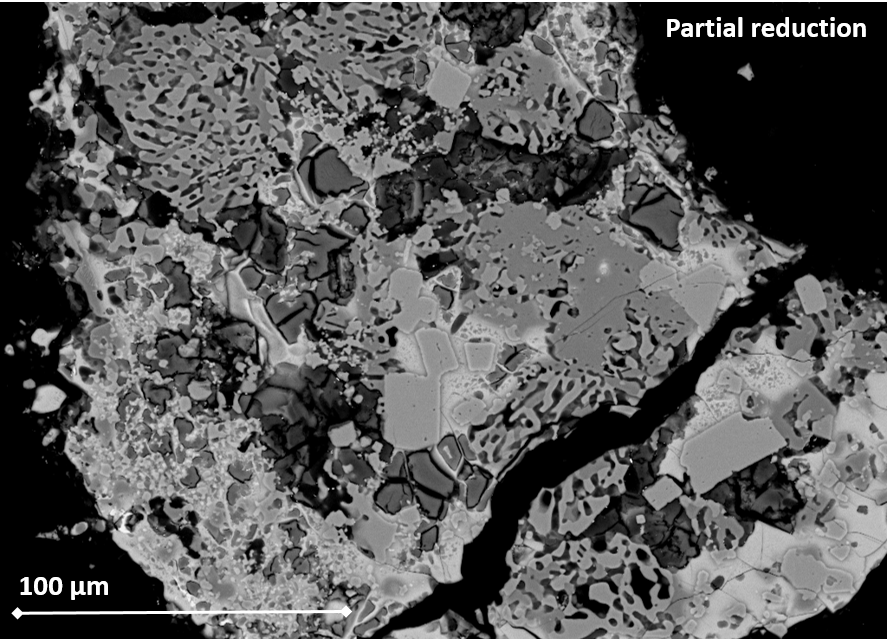A New Facility Is Turning Moon Dust Into Oxygen for Future Space Settlers
Credit to Author: Becky Ferreira| Date: Tue, 21 Jan 2020 20:53:30 +0000
Normally, it would be inadvisable to breathe in Moon dust, given that it is packed with spiky particles that can injure or kill people if inhaled. But though it is dangerous in its raw form, processed lunar soil could become a major source of breathable air for future astronauts tasked with exploring the Moon’s surface.
Nearly half of the Moon’s soil is made of oxygen, an essential resource for human life support as well as a useful ingredient for many fuels. To figure out how to extract extraterrestrial oxygen on future Moon missions, scientists have established the first prototype of a small oxygen-producing plant, according to the European Space Agency (ESA).
“Having our own facility allows us to focus on oxygen production,” said Beth Lomax, a PhD student at the University of Glasgow who helped develop the plant, in a statement. “Being able to acquire oxygen from resources found on the Moon would obviously be hugely useful for future lunar settlers, both for breathing and in the local production of rocket fuel.”
The plant is located at the Materials and Electrical Components Laboratory of the European Space Research and Technology Centre (ESTEC), in the Dutch town of Noordwijk. It can already successfully extract oxygen from a simulated version of lunar regolith, another term for Moon dust, but it will need much more development before it will be ready for an actual mission to the Moon.
ESTEC’s oxygen plant was inspired by techniques developed by Metalysis, a commercial manufacturer that makes metals and alloys in reactors. The company uses a technique called molten salt electrolysis to separate oxygen from its products, which is released in gas form as carbon dioxide and carbon monoxide.
Lomax and her colleagues had to figure out not only how to replicate this process with moon dust simulant, but also to isolate the oxygen runoff instead of discarding it as a waste product, as Metalysis does.

The company pioneered a technique that involves heating the faux-regolith to a temperature of 950°C (1,742°C) and exposing it to an electric current. The process converts oxygen from solid oxides within the simulated moon dust to gas that is guided toward exhaust pipes that lead out of the plant.
In addition to making oxygen, the plant can manufacture alloys that could potentially help resourceful astronauts get the most out of their lunar environment. Lomax could not be immediately reached for comment on the next steps for the plant, but the ESTEC team hopes to eventually develop a version that could survive a spaceflight to the Moon, as well as the cold temperatures on the lunar surface.
“ESA and NASA are heading back to the Moon with crewed missions, this time with a view towards staying,” said Tommaso Ghidini, head of ESA’s Structures, Mechanisms and Materials Division, in a statement.
“Accordingly, we’re shifting our engineering approach to a systematic use of lunar resources in-situ,” or onsite, he said, which would be crucial to “a sustained human presence on the Moon and maybe one day Mars.”
The plant is one of many projects focused on living off the lunar land, as opposed to hauling essential materials from Earth to the Moon, as NASAs’ Apollo missions did. Scientists hope that Moonwalkers of the future will be able to produce their own water, fuel, and even habitats straight out of the lunar scenery.
This article originally appeared on VICE US.